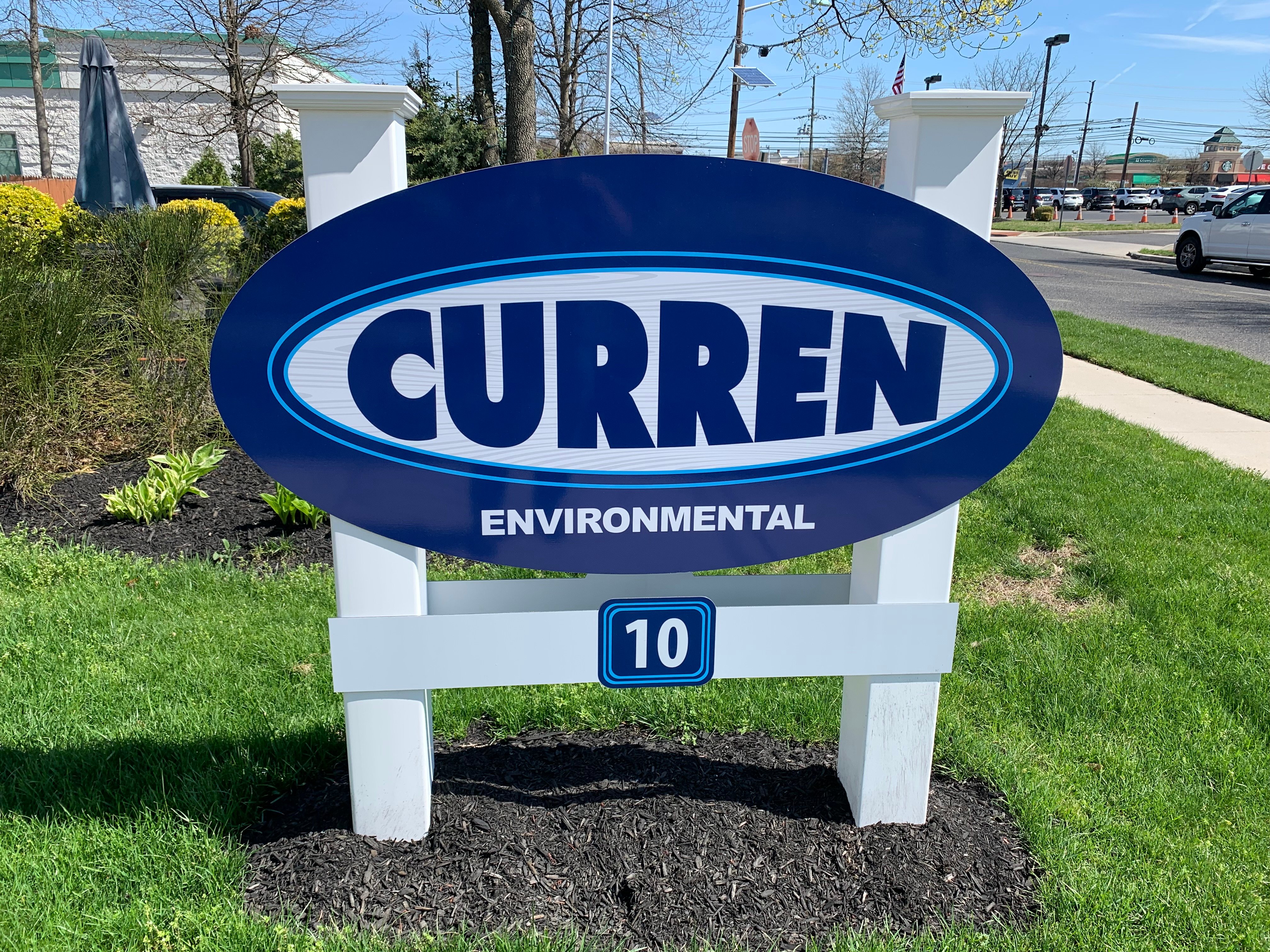Why is a Phase I Environmental Site Assessment Needed When Buying a Commercial Property?
Who requires a Phase I ESA?
Traditionally, a Phase I was contracted by the bank or lending institution on properties where financing was being arranged. The Phase I was primarily performed for the protection of the banks, who were concerned that if they loaned money for a contaminated property, they may be held liable for the site cleanup. Today, many banks with loans under a million dollars and borrowers supplying a down payment do not require a Phase I. This has been an industry shift over the past several years as banks have come to understand where their limit of liability stands.
The photo below is of a strip mall shopping center, retail, restaurant, stores, what most people would assume would have no environmental liabilities.
But..................a dry cleaner operated at the site for 20 years and there is absolvent contaminated soil and groundwater. There is a property owned electrical transformer that caught fire and leaked oil on the site that was reported to the state environmental agency and was never cleaned up. Both of these items were found from the Phase I ESA.

What is included in a Phase I?
The Phase I is a property assessment that includes a walkover of the property and associated structures; a review of historic property information including maps, aerial photographs, deeds, telephone or address directories, etc.; a review of contaminated properties in the vicinity of the subject property; a summary of knowledgeable party information and review of prior reports; and the review of local, State and Federal files pertaining to the property address.
Items evaluated in the Phase I report include: tanks, drains, pits, spills, in-ground and aboveground equipment, petroleum and chemical use, and environmental liens.
Additional issues which may be included in the Phase I at the lenders or clients request include: wetlands, radon, asbestos, lead-based paint, and drinking water.
The Phase I report is typically research only. Unless otherwise specified as part of the scope of work, testing or surveys are outside of the typical Phase I requirements.
Is there a Phase I standard?
Phase I's follow protocols published by ASTM, currently all Phase I ESA should follows ASTM E1527-21, which was updated in 2021.
Why complete a Phase I if my bank does not require one?
Although many banks are not requiring a Phase I on some commercial loans, the environmental regulations leave the burden of environmental responsibility on the property owner.
Performing a Phase I, allows a purchaser to complete the necessary due diligence. It is this due diligence that enables a purchaser to obtain prior to taking possession of a property. Buyer beware is relevant now more than ever in commercial real estate transactions. If a property is purchased without a due diligence evaluation and subsequent environmental issues are found in association with the property, the property owner is now burdened with the cost of remediating the issue. The performance of a pre-purchase Phase I could alleviate the potential for finding environmental issues in the future and thereby holding up future transactions. As a potential purchaser, the determination of environmental issues on a property could be used as leverage for the seller to remediate the concern prior to purchase or could be used to negotiate the property value pending the need for the potential purchaser to perform the cleanup.
If I don’t do a Phase I and buy a property how would I ever find out if there was an environmental problem with the site?
The most common way is when you go to sell and the potential buyer completes a Phase I and discovers an environmental Area of Concern (AOC). Today the largest purchaser of Phase I’s is not the banks, but commercial real estate investors and owners (*transactions under $1,000,000.00).
I own a property, never had a Phase I and I am now thinking of selling the property. Do property owners have Phase I’s performed?
One of the largest shifts in the commercial real estate market today is that many land owners are having a Phase I performed to root out environmental issues before they become an issue when a buyer is found. A buyer performed Phase I is viewed as both a marketing tool and an environmental property assessment that can help sellers anticipate issues with a property. It can be akin to a homeowner having a home inspection completed to address issues that a purchaser might find during their inspection.
If an environmental issue is found in a Phase I report on a property I am buying, can I still purchase the property?
If the issue is fully disclosed to the lender (if one is involved) and the buyer is wiling to accept the liability and cost of addressing the issue, then yes you can buy the property. But the real question is should I address the issue before buying the property?
The investigation of potential issues found in the Phase I is typically addressed as part of a Phase II Environmental Site Assessment.
Ask the Experts
888-301-1050


